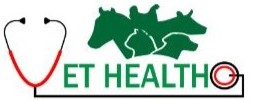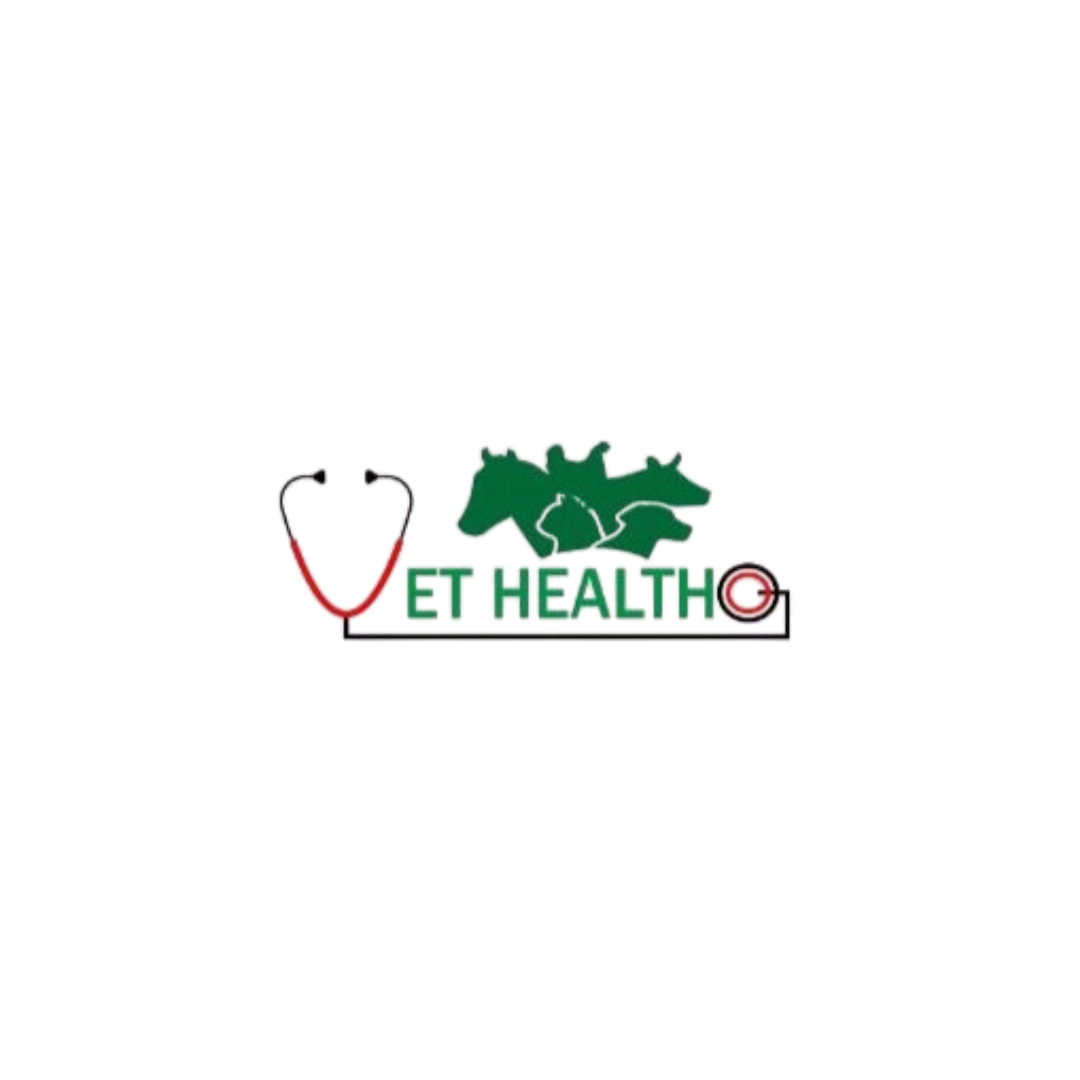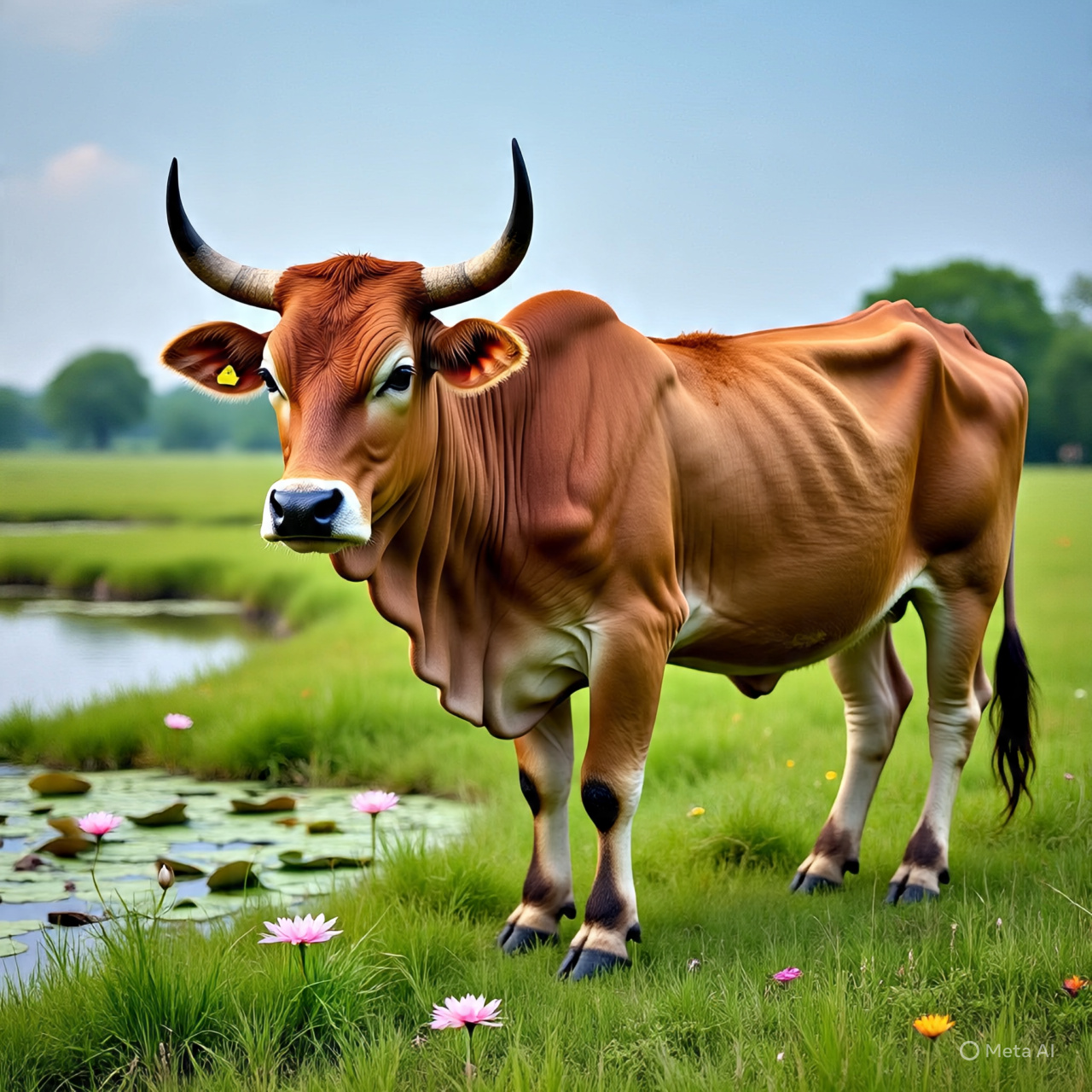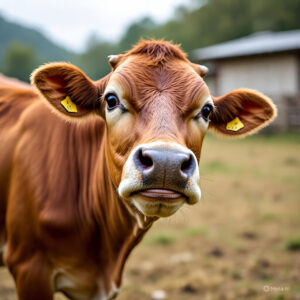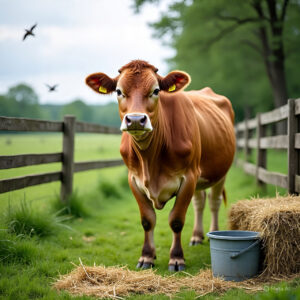Introduction
Cow Insurance Schemes in India help shield farmers from livestock losses.
These schemes cover cows and buffaloes against death, disease, theft, and disasters.
They ease farmer stress and improve rural resilience.
In this article, we explore key schemes, benefits, processes, and challenges.
“Cow Insurance Schemes in India are essential for reducing farmers’ financial risk.”
✅ 1. Why Cow Insurance Matters
Livestock is a major farmer asset.
Losses hurt income and savings.
Insurance covers sudden events like illness or theft.
It gives financial backup for replacement or treatment.
Subsidies make it affordable for most farmers.
🌾 2. Government Insurance Schemes
2.1 National Livestock Mission / NLM
This covers up to five large animals per farmer.
Premium rates are low and subsidized by 60%.
Farmers pay the rest.
Animals get evaluated using milk yield or market price.
2.2 Pandit Deendayal Upadhyay Samuhik Pashudhan Bima Yojana
Offered by state animal husbandry departments.
Coverage includes death, accident, disease.
Premium depends on animal type and yield.
SC/ST, BPL farmers get full subsidy.
2.3 Rajasthan Mukhyamantri Mangla Pashu Bima
State-run scheme in Rajasthan for cattle and small livestock.
Covers up to ₹40,000 per milch animal.
No premium required.
2.4 Madhya Pradesh Pashudhan Bima
This covers up to five animals per farmer.
Premium subsidy depends on farmer category.
Death compensation is provided.
2.5 Kerala Ksheera Santhwanam
Insurance provided by state dairy unions.
Covers cows, farmers, workers, and families.
Premium subsidy up to 50%. Covers accidents and cattle loss.
💼 3. Private & Cooperative Schemes
3.1 New India Assurance: Cattle Insurance
This covers bulls, bullocks, buffaloes with flexible terms.
Premiums around 4% of sum insured.
Covers accidents, disease, theft, natural calamities.
3.2 Milma Union Scheme
Kerala’s milk cooperative funds insurance for member farmers.
Includes premium subsidy and vet visits.
Covers death and permanent disability.
🎯 4. Benefits of Insurance
4.1 Financial Security
Farmers get compensation for animal loss.
This protects income and prevents debt.
4.2 Risk Mitigation
Insurance covers illness, accidents, theft, disaster.
This reduces income disruption.
4.3 Access to Credit
Insured animals can be used as loan collateral.
Banks see reduced lending risk.
🛡️ 5. Coverage Details
What is covered:
- Death due to accident, disease, or natural events.
- Treatment costs under some schemes.
- Permanent disability coverage.
- Theft compensation.
What is not covered:
- Neglect, intentional harm, or pre-existing disease.
- Improper documentation or missing ear tag.
🔁 6. Subsidies & Premium Rates
Government subsidizes premiums heavily.
General farmers pay 25–40%; SC/ST, BPL may pay none.
Co-op schemes offer subsidised plans too.
📝 7. Enrollment Process
- Farmer visits department or authorized insurer.
- Animal value is assessed (milk yield or market rate).
- Necessary documents are submitted.
- Ear tags and IDs are attached.
- Premium payment finalizes the coverage.
⏳ 8. Claim Process
- Report animal’s death early.
- Obtain veterinarian death certificate.
- Submit claim form, receipts and tag ID.
- Insurance company inspects and disburses payment.
🧩 9. Challenges & Gaps
- Many eligible farmers lack awareness.
- Claims can be delayed or denied without documents.
- Women farmers often under-represented.
- Remote areas lack access to schemes.
🌟 10. Improving Insurance Reach
- Use mobile outreach and awareness programs.
- Partner with self-help groups and NGOs.
- Simplify claim procedures and paperwork.
- Train female livestock owners and local vets.
📊 11. Case Study: Haryana’s Insurance Push
Haryana insured 15.9 lakh animals under state programs.
Insured cows and buffaloes in polyclinics and shelters.
Provides accident insurance up to ₹10 lakh to dairy workers.
🛠️ 12. Technology Integration
- Use mobile apps for signup and claims.
- Add ear tags with RFID for easy identification.
- Remote vet support via telemedicine apps.
🔚 13. Conclusion
Cow Insurance Schemes in India offer financial and livelihood protection.
Government and private plans cover multiple risks.
Improving awareness and access will benefit rural farmers.
Farmers should insure animals early and keep documents ready.
📢 14. Awareness Campaigns for Cow Insurance in India
Many farmers still do not know about cow insurance.
Lack of awareness leads to fewer enrollments in rural areas.
States now conduct local workshops and camps.
Animal husbandry officers visit villages and explain benefits.
Demonstrations help farmers understand claim procedures.
Women self-help groups (SHGs) are also trained as mobilizers.
Government Helplines and Support Centers
Several states have launched farmer helplines.
These helplines answer doubts about coverage and claim filing.
District veterinary officers also act as support points.
Posters and local FM radio broadcasts share success stories.
This motivates other farmers to join the schemes.
How Digital Platforms Help
Digital India movement has enabled online registrations.
Some insurance companies offer mobile-based registration.
Government portals like AIC India list scheme benefits.
Farmers with smartphones can track policy status.
Digital signatures are being introduced for easy verification.
The use of Aadhaar speeds up identification and claim settlement.
🐄 15. Role of Dairy Cooperatives in Expanding Insurance
Dairy cooperatives like AMUL and MILMA support cow insurance.
They bulk register livestock of their member farmers.
Premiums are deducted directly from milk payments.
This helps farmers avoid extra financial burden.
Benefits to Dairy Unions
When animals are insured, cooperatives face less milk supply disruption.
It ensures consistent production and income for the union.
Unions also offer vet support for insured animals.
This strengthens the relationship between farmers and dairy boards.
Examples from the Field
In Kerala, Milma covers 50,000+ animals under its insurance scheme.
In Gujarat, AMUL ties up with general insurers.
Cooperatives even track animal health records for insured livestock.
🔍 16. Things to Check Before Buying Cow Insurance
Before buying any insurance plan, farmers should confirm:
- Policy period: Usually 12 months, some offer longer terms.
- Animal type: Some plans exclude non-milch animals.
- Sum insured: Should reflect current market or milk value.
- Claim limits: Some policies cap payout to a fixed amount.
- Documentation: Aadhaar, bank account, and animal photo/tag required.
- Vet certificate: Needed at both time of enrollment and claim.
These checks reduce claim rejections.
Farmers should ask agents for written terms and conditions.
📝 17. Frequently Asked Questions (FAQs)
Q1: What is cow insurance?
Cow insurance is financial coverage for death or injury to a cow.
Q2: Who is eligible?
Any farmer owning cows or buffaloes can apply.
Many schemes offer priority to SC/ST, BPL groups.
Q3: How much does it cost?
Premium varies from ₹100 to ₹1,000 per cow per year.
Subsidies reduce this by up to 70% in some cases.
Q4: Is claim money credited to a bank account?
Yes. Claims are transferred to the farmer’s linked bank account.
Q5: Can I insure more than one animal?
Yes. Some schemes allow up to 5 animals per household.
🧭 18. Future of Livestock Insurance in India
Livestock insurance in India will expand with technology.
Govt plans to integrate animal databases with insurance portals.
Blockchain and AI may simplify claim approvals in future.
Wearable tracking for livestock is being explored.
This will enable real-time monitoring and improve insurance accuracy.
Govt is also planning unified insurance for all livestock.
This would reduce paperwork and bring more farmers under coverage.
Cooperative banks may soon offer bundled loans with insurance.
This would ease the burden of premium payments.
